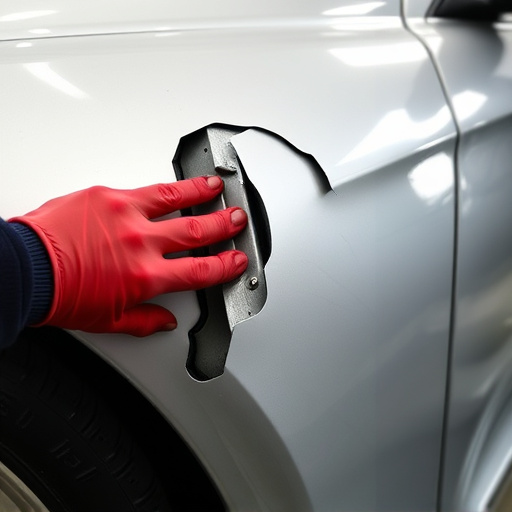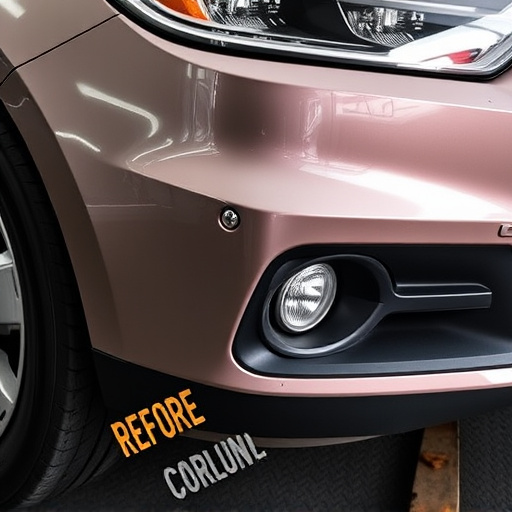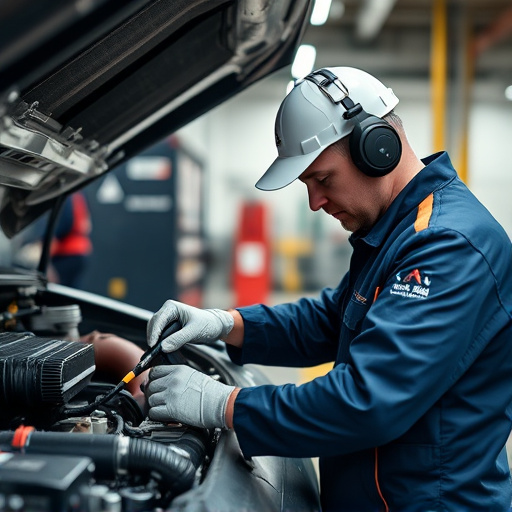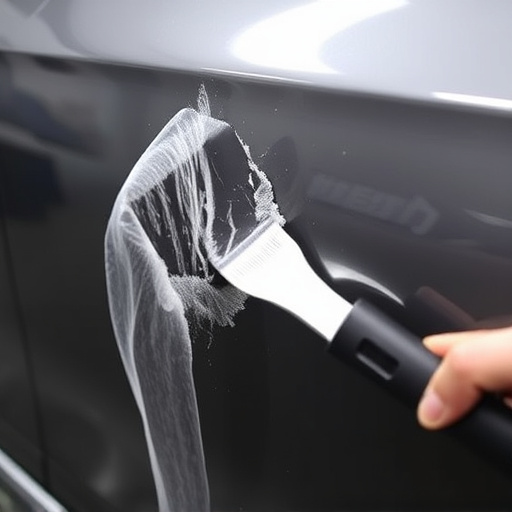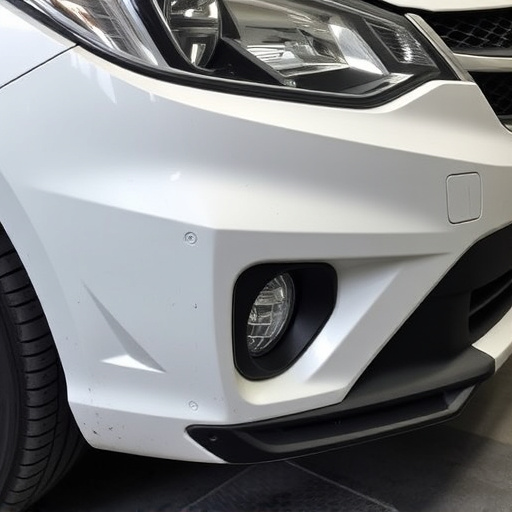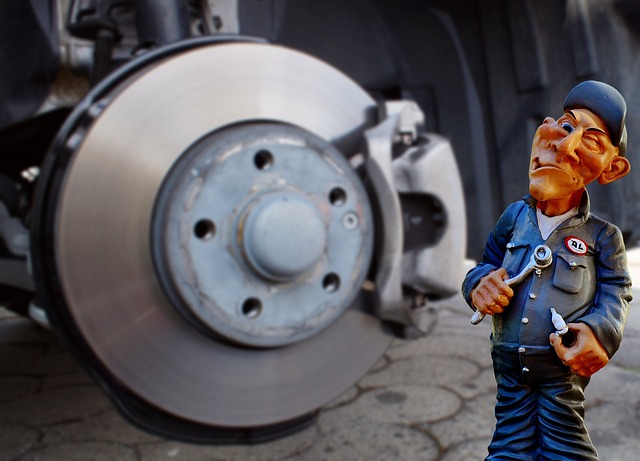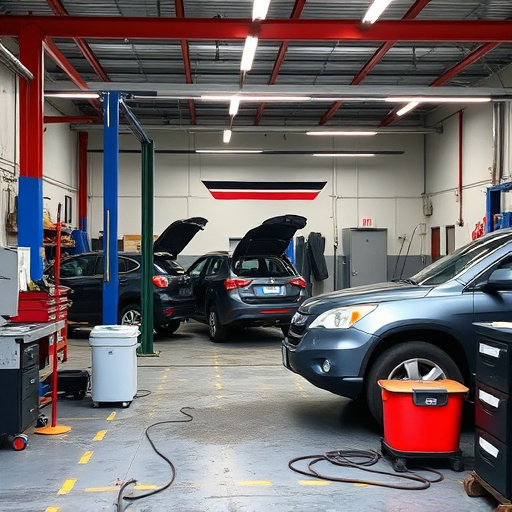Vehicle owners seek seamless car restoration but often worry about cost, downtime, and quality. Effective repair expectations management alleviates these concerns through open communication of timelines, costs, and intricacies. Clear language, detailed estimates, regular updates, and prompt addressing of misconceptions build trust and ensure informed decisions for both minor fixes and complex collision work.
Managing repair expectations is a key aspect of building trust with vehicle owners. This guide explores how workshops can navigate the complex landscape of client concerns and aspirations. By understanding common worries, setting transparent and realistic repair expectations, and employing effective communication strategies, businesses can enhance customer satisfaction. Learn about tailored approaches to foster trust, ensure transparency, and ultimately deliver exceptional service, ensuring a positive experience for every vehicle owner.
- Understanding Vehicle Owner Concerns
- Setting Realistic Repair Expectations
- Effective Communication Strategies
Understanding Vehicle Owner Concerns
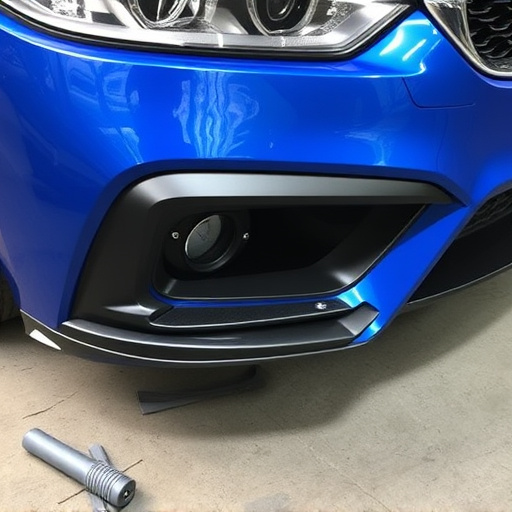
Vehicle owners often bring their cars to a car body shop or car collision repair center with high hopes for a seamless and efficient restoration process. However, managing repair expectations is crucial to ensuring customer satisfaction. They may have concerns about the cost of repairs, the time their vehicle will be off the road, and the quality of the final product—especially if it’s a cherished classic car in need of car collision repair or a meticulously maintained vehicle that requires car restoration.
Understanding these worries is the first step towards effective repair expectations management. By openly communicating estimated timelines, potential costs, and the intricacies of the repair process, businesses can alleviate owner concerns. This transparent approach fosters trust and ensures clients are prepared for both the challenges and benefits of restoring their vehicles, whether it’s a simple fix or a complex car restoration project.
Setting Realistic Repair Expectations

Setting realistic repair expectations is a crucial aspect of managing your vehicle’s maintenance. As a vehicle owner, understanding what to expect during the repair process can alleviate stress and ensure satisfaction. It involves clear communication with your mechanic or collision center about the scope of work, estimated time frames, and potential costs. Before agreeing to any repairs, ask detailed questions about the necessary procedures, parts required, and alternative solutions if certain fixes are beyond your budget.
This proactive approach empowers you to make informed decisions, allowing for better management of both your time and finances. Remember, a well-informed vehicle owner can effectively navigate the repair process, ensuring that every step aligns with their expectations, from minor scratch repairs to more extensive collision center work.
Effective Communication Strategies

Effective communication is a cornerstone of successful repair expectations management. Vehicle owners should feel comfortable discussing their concerns and understanding the scope of work before, during, and after repairs. Shop owners can foster this by employing clear and concise language, explaining technical terms in layman’s terms, and actively listening to customers’ needs and questions. Providing written estimates that outline costs, turnaround times, and potential additional services needed helps set realistic expectations.
Additionally, regular updates on the repair progress, especially for complex or time-consuming body shop services or car repair services, can alleviate anxiety and build trust. Using text messages, emails, or in-person meetings to check-in demonstrates professionalism and a commitment to transparency. Addressing any misconceptions promptly ensures that owners are well-informed throughout the entire process.
Managing repair expectations is a delicate balance, but by understanding vehicle owner concerns, setting realistic goals, and employing effective communication strategies, it’s achievable. By fostering transparency and keeping owners informed throughout the process, you can enhance satisfaction and build trust. This approach ensures that both parties are on the same page regarding repairs, leading to better outcomes and stronger relationships for your business. Effective repair expectations management is a key differentiator in providing superior customer service.
